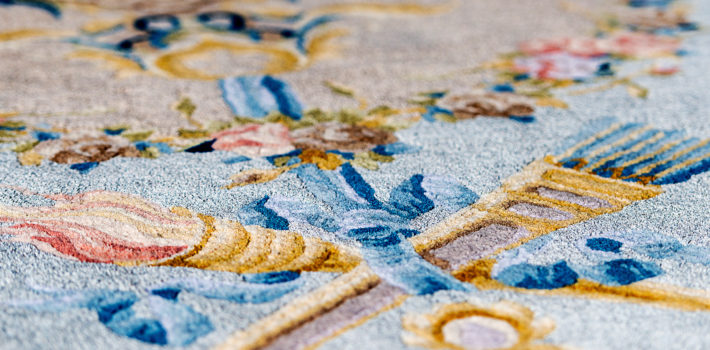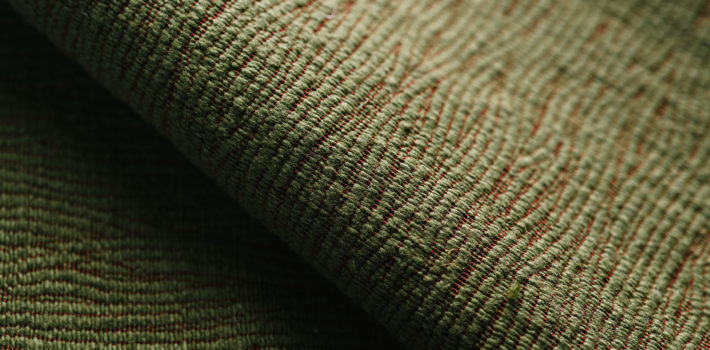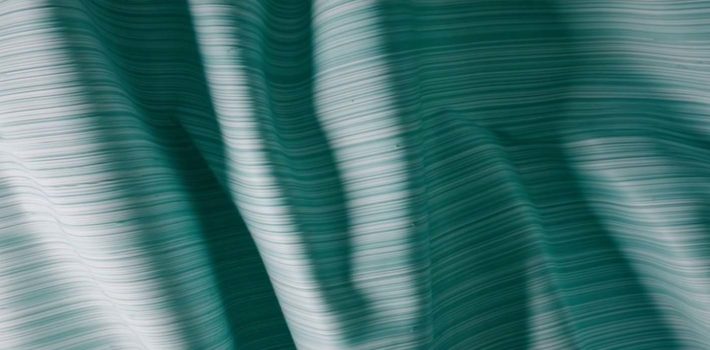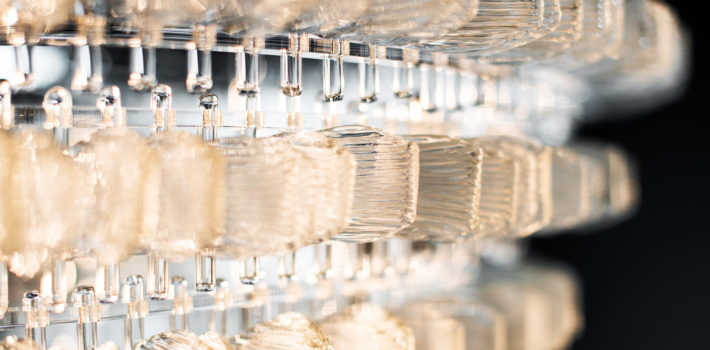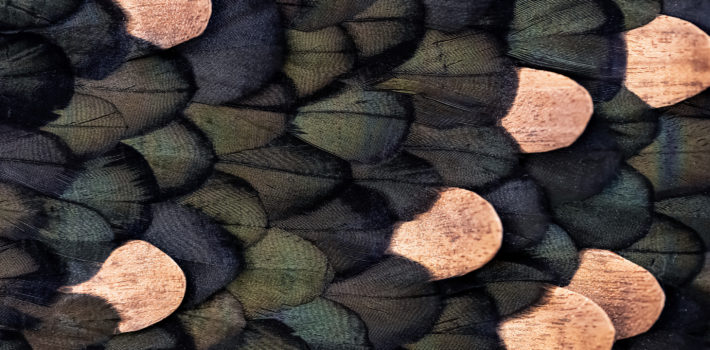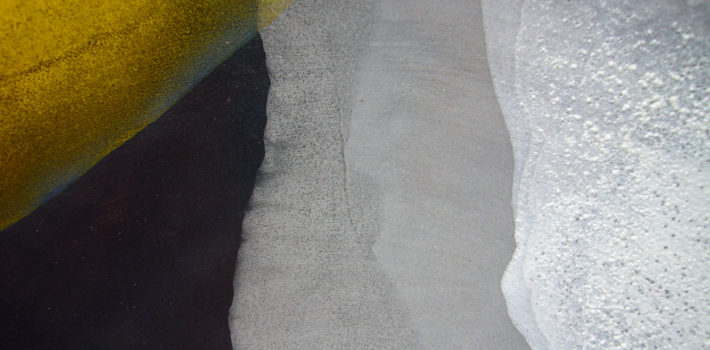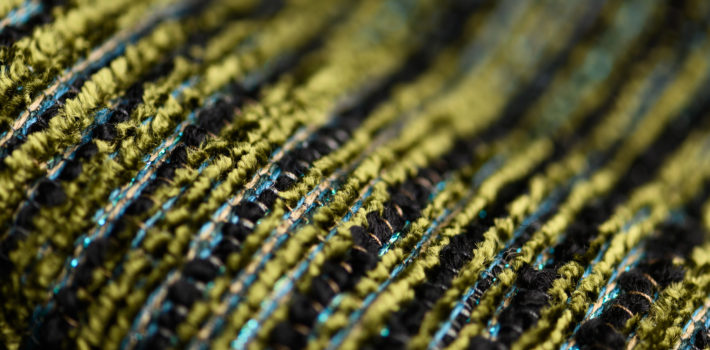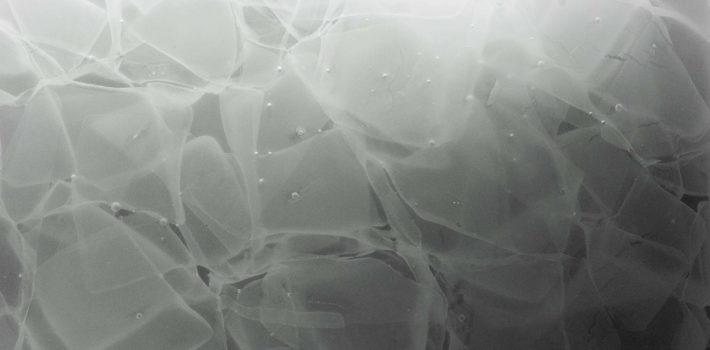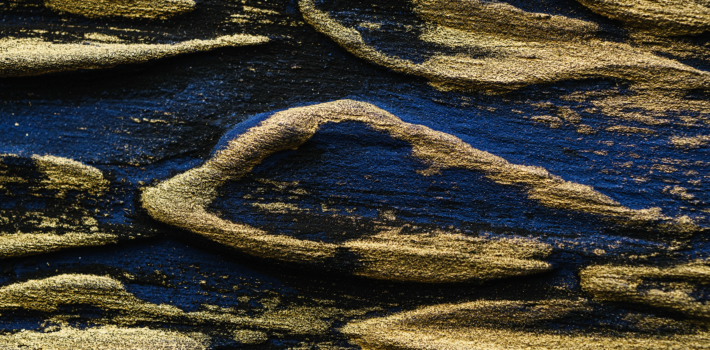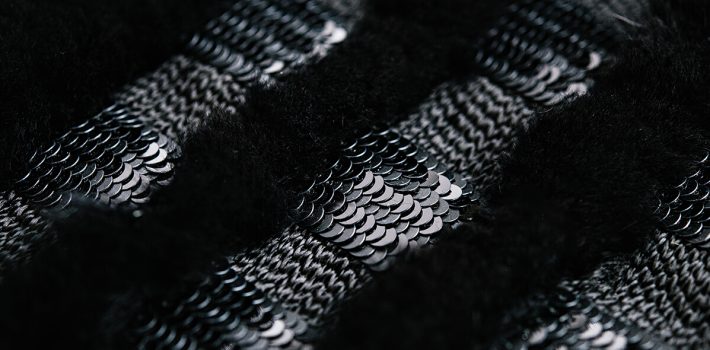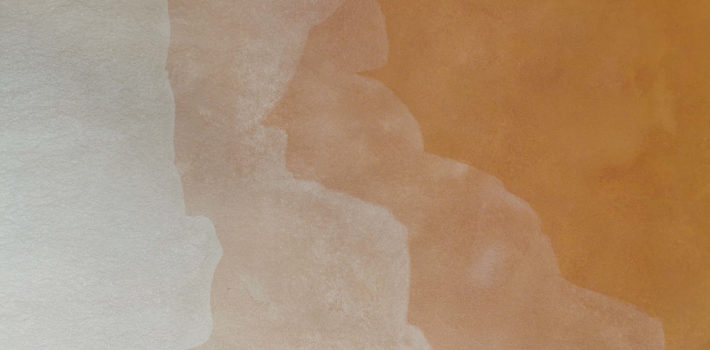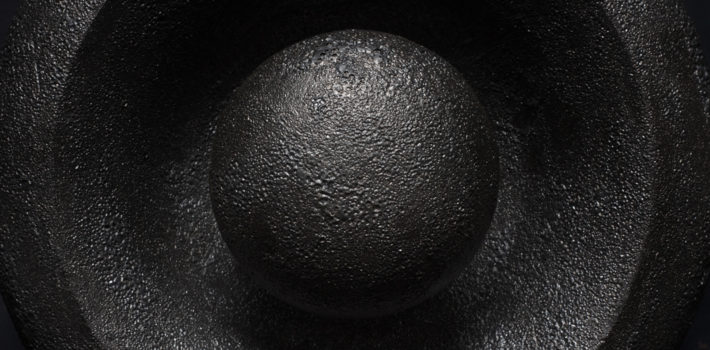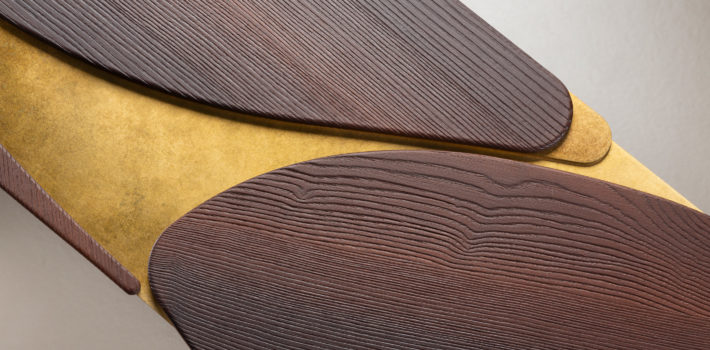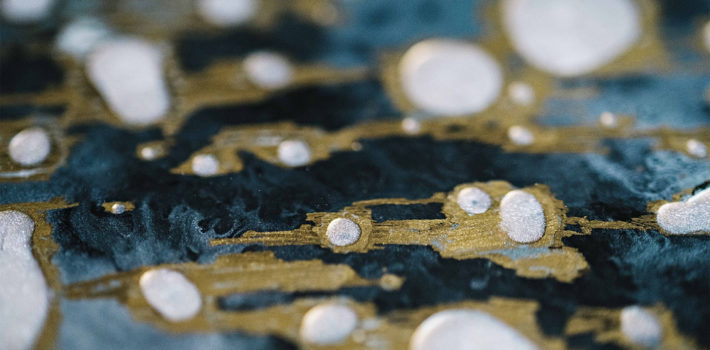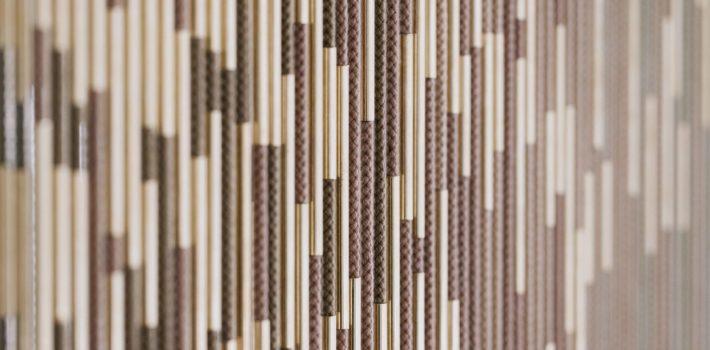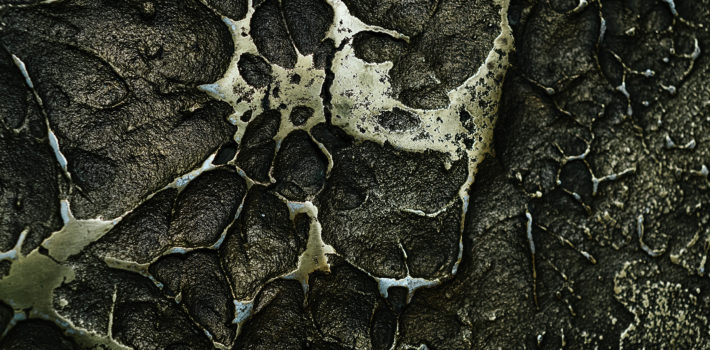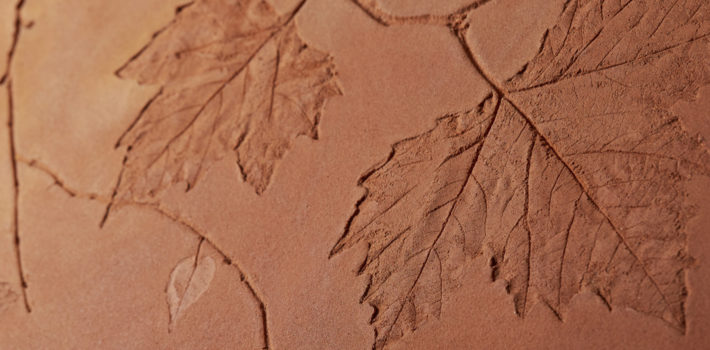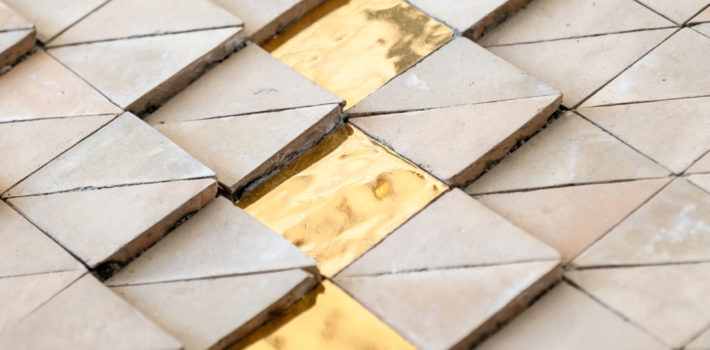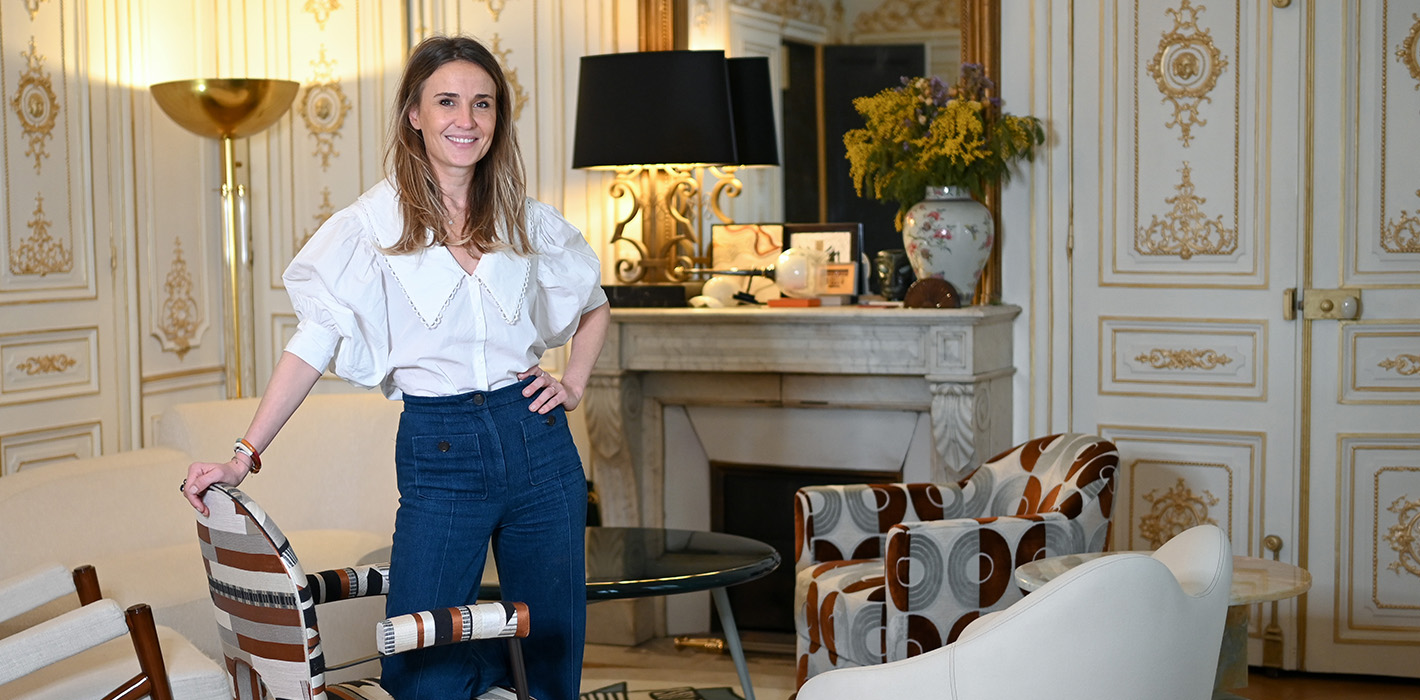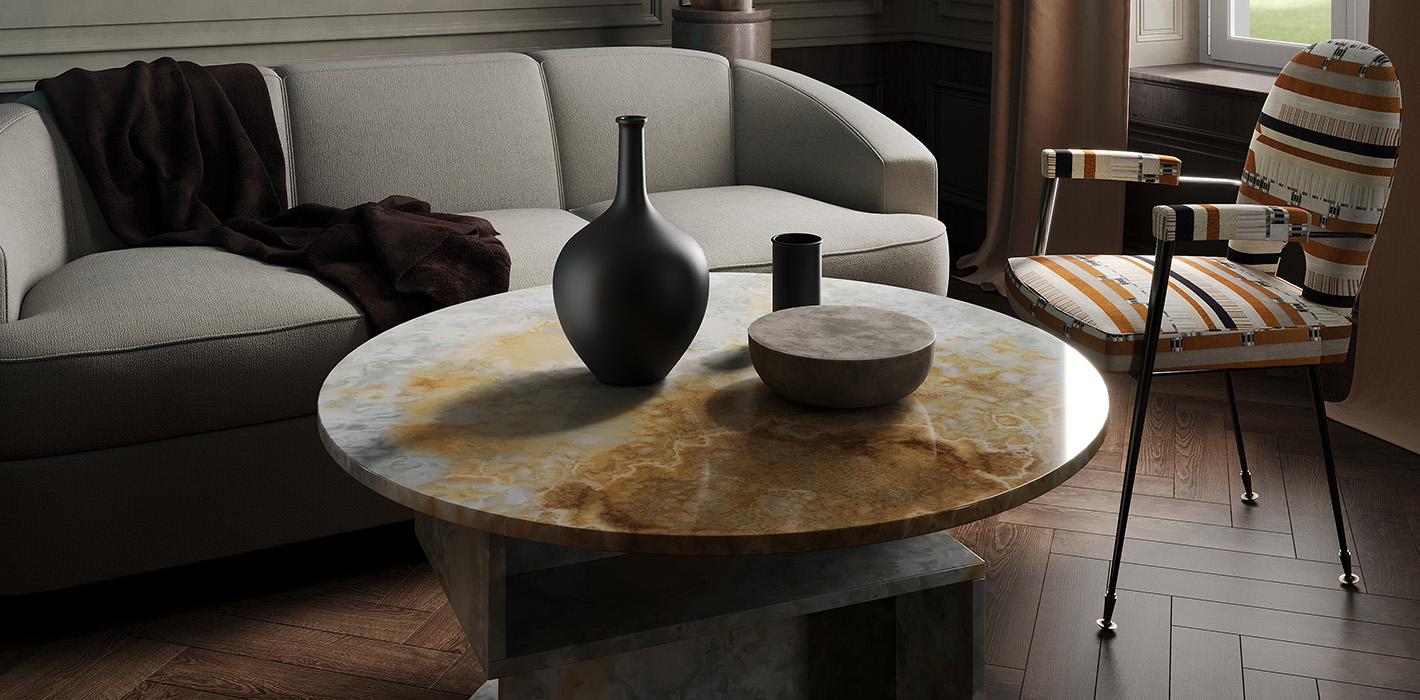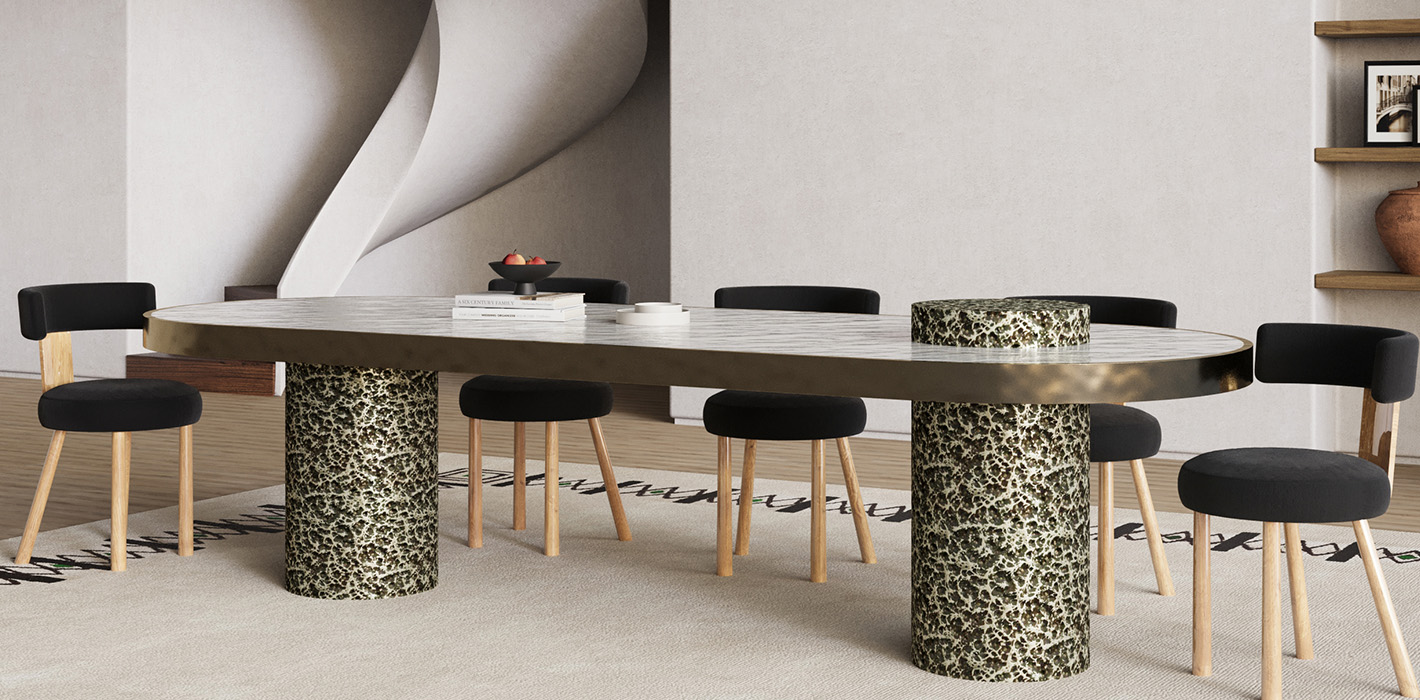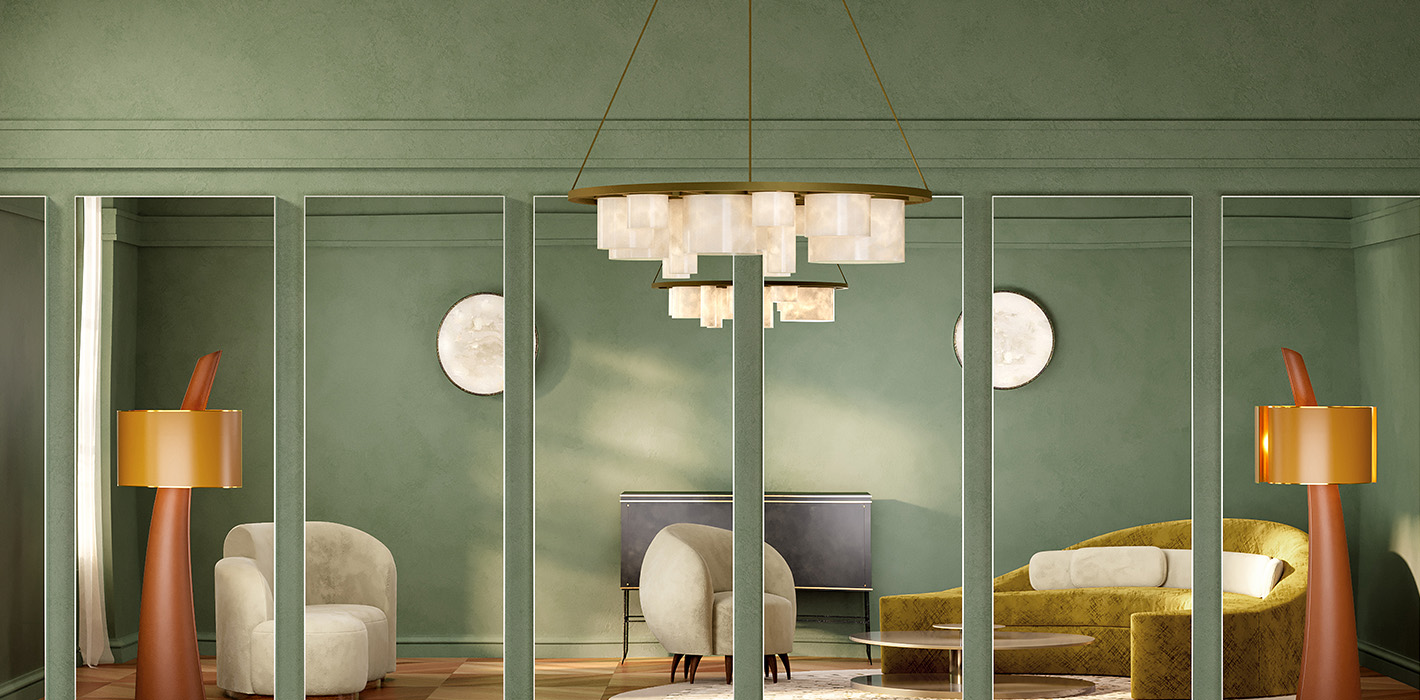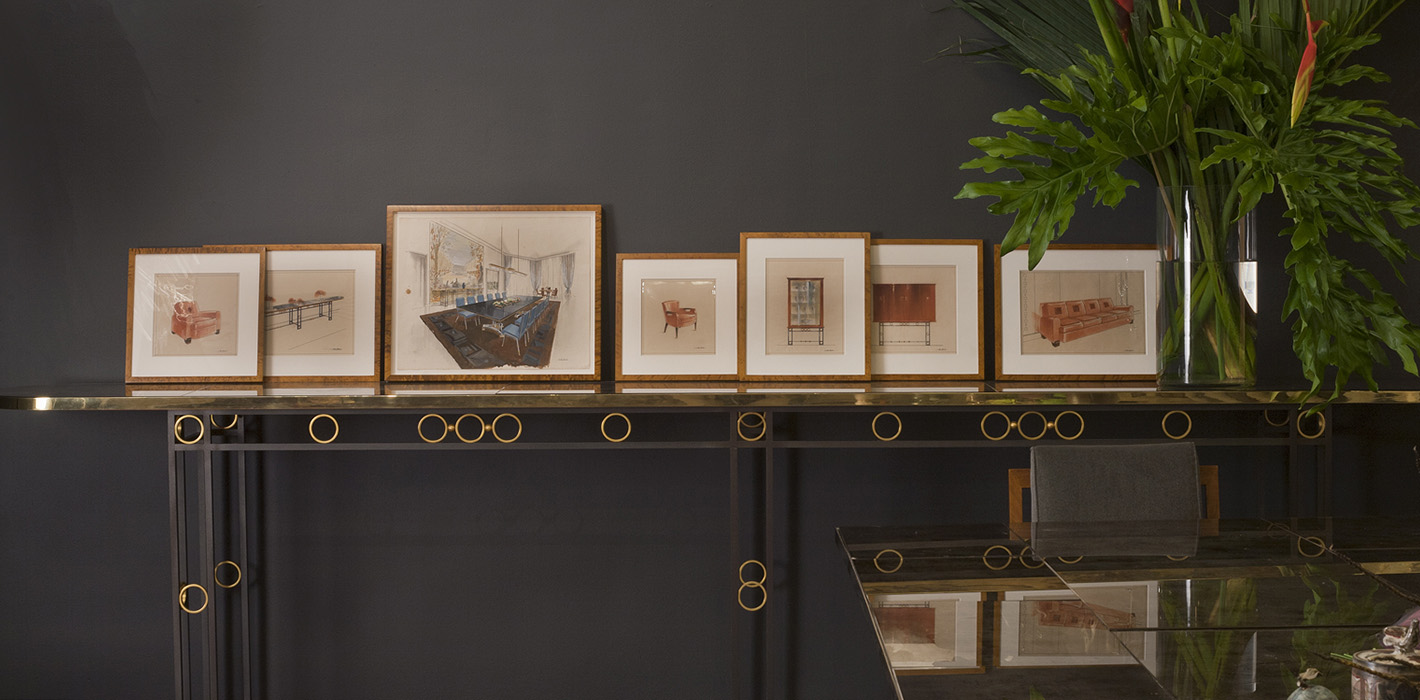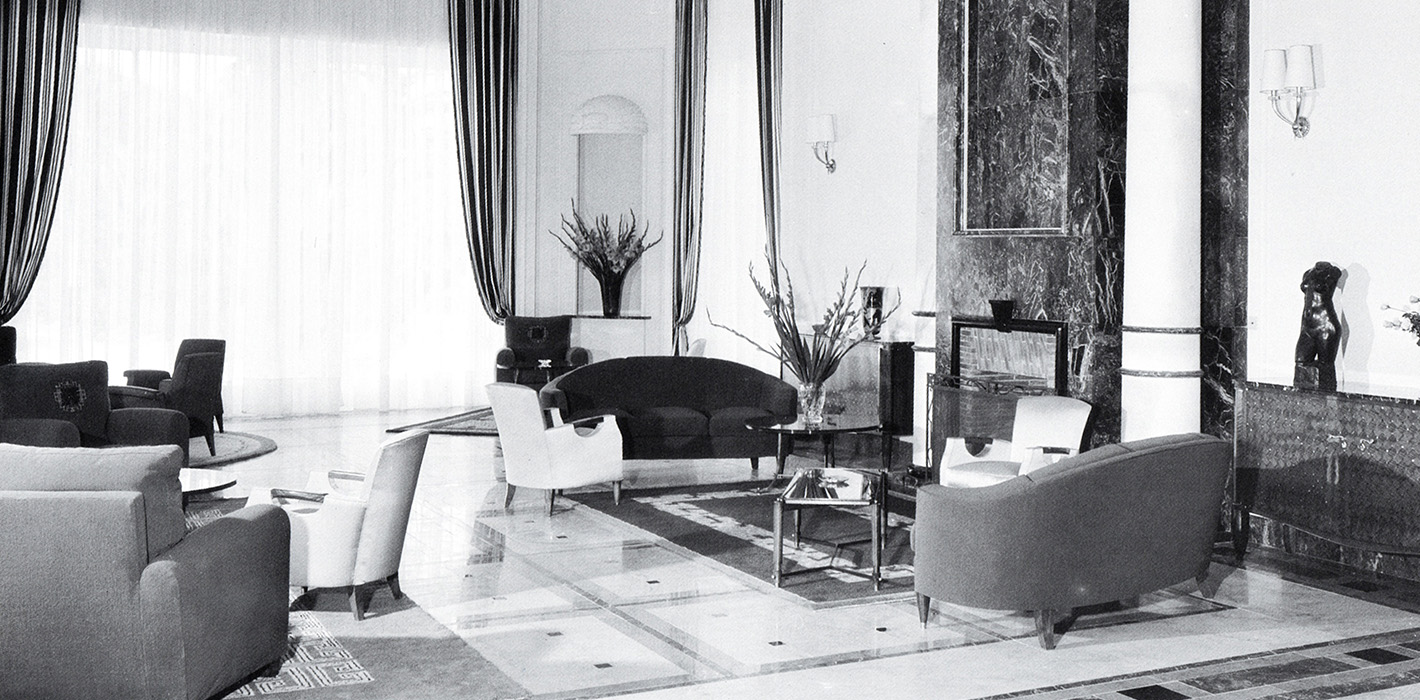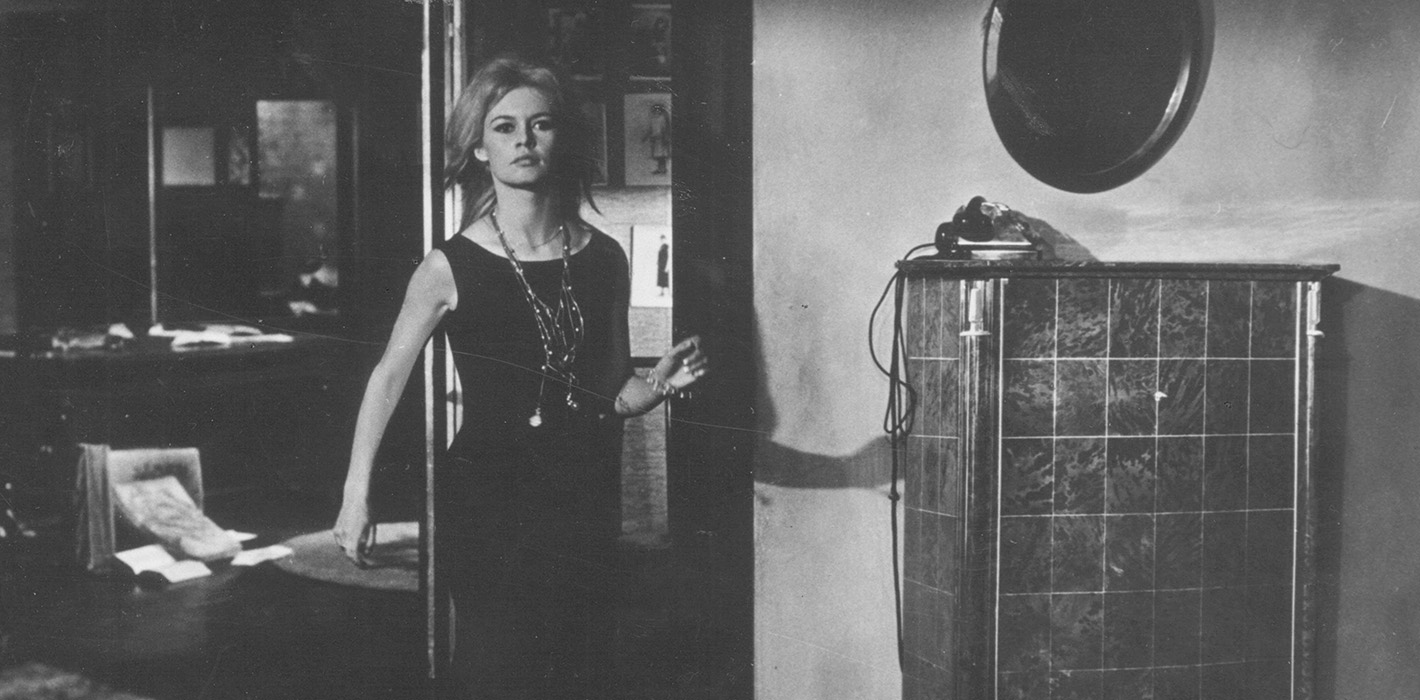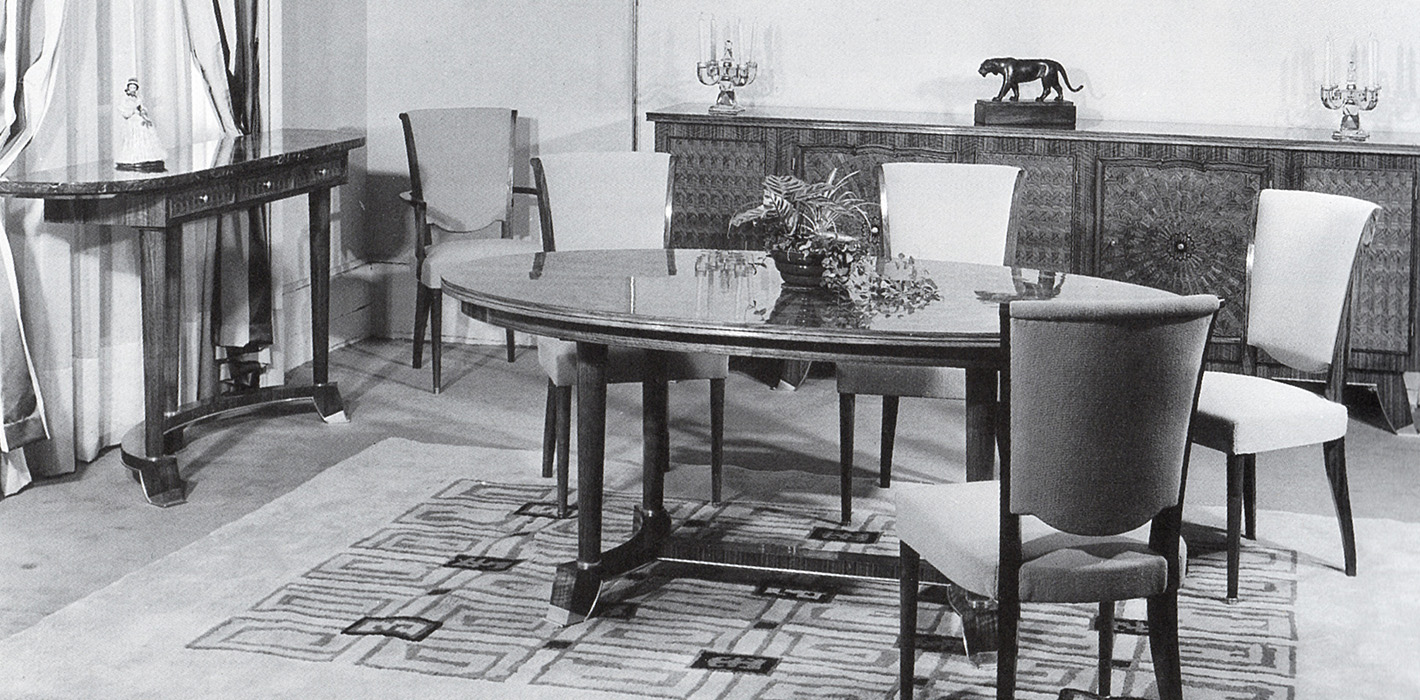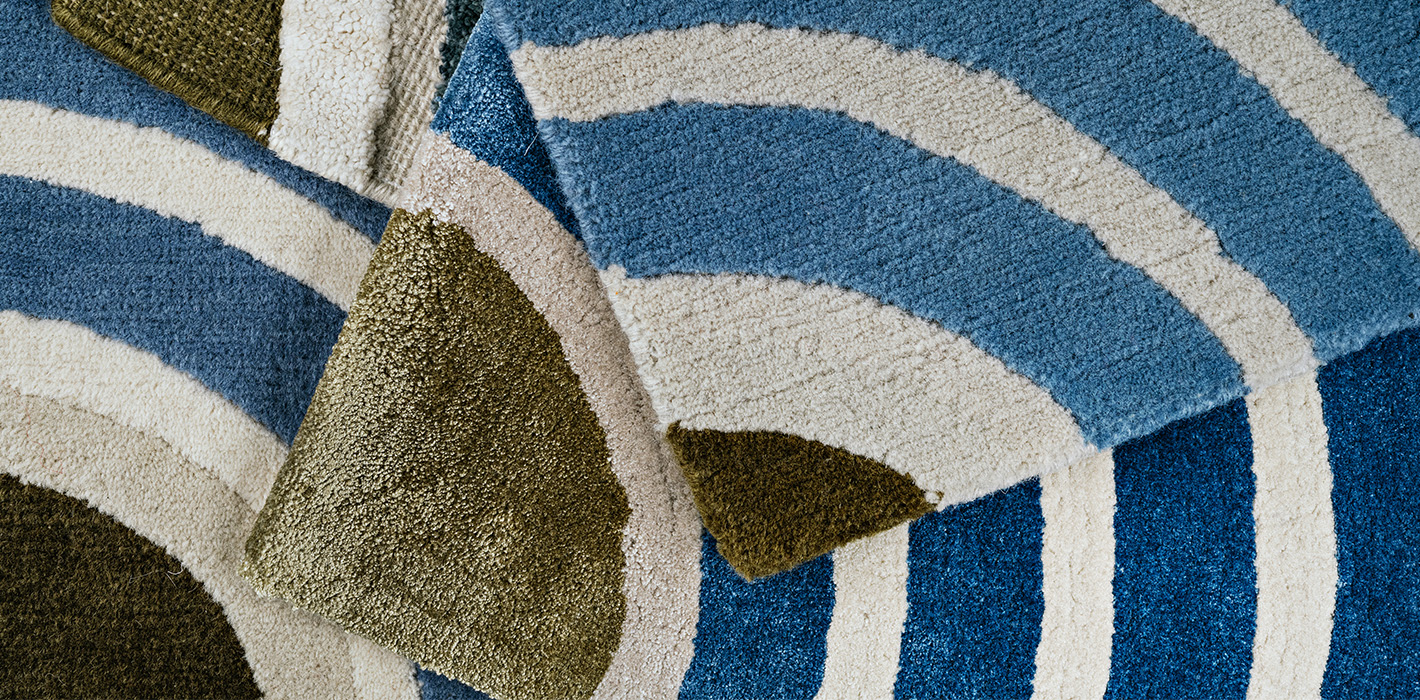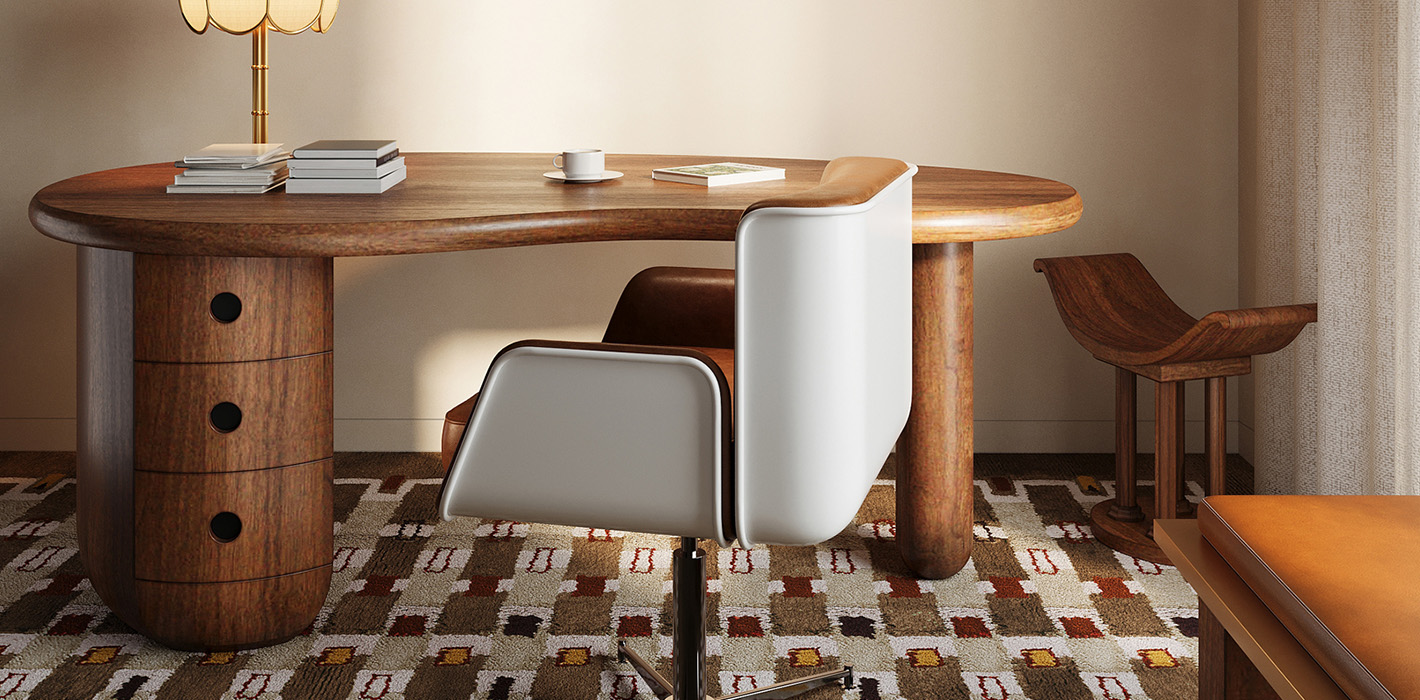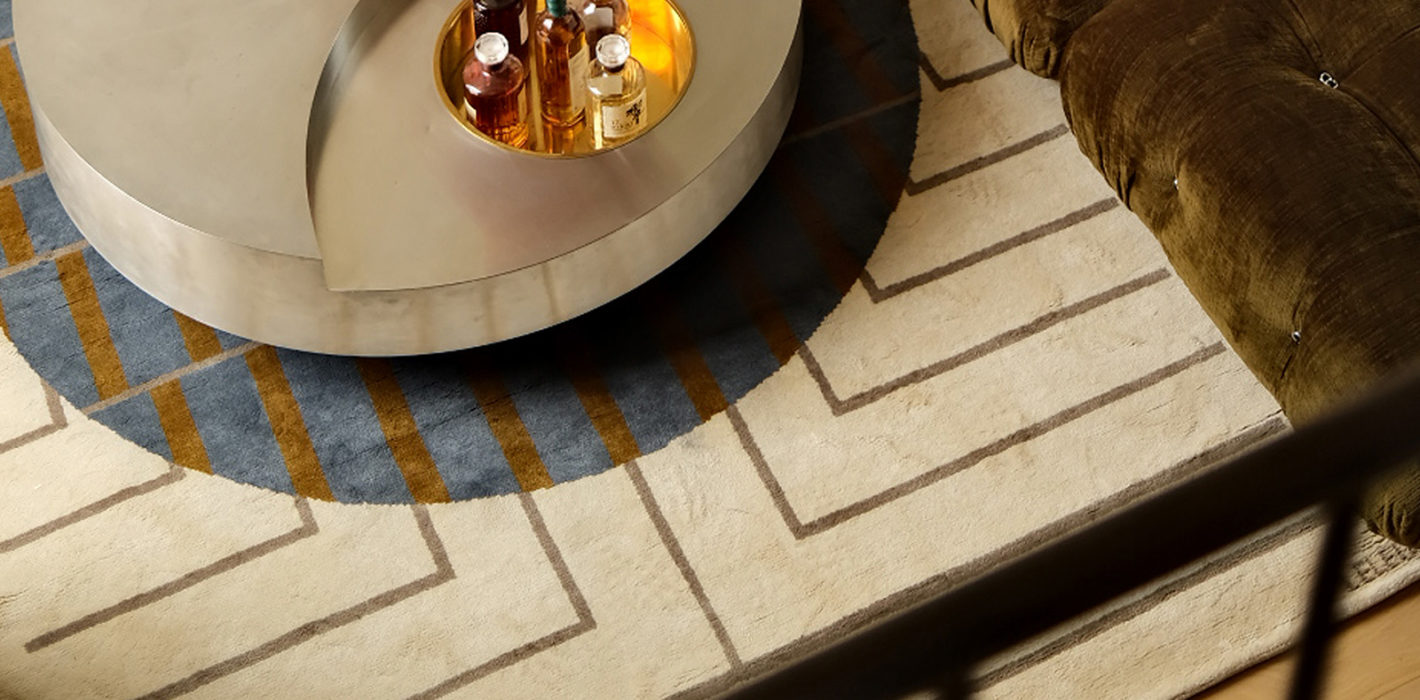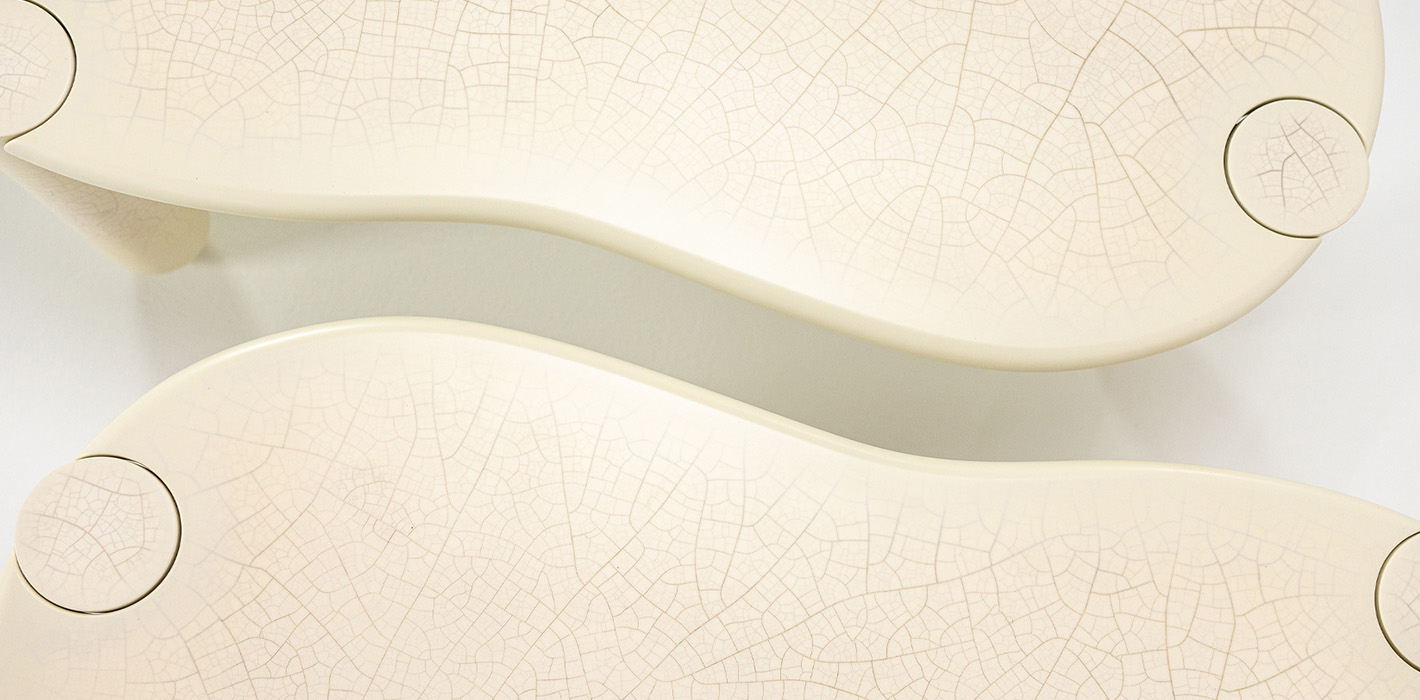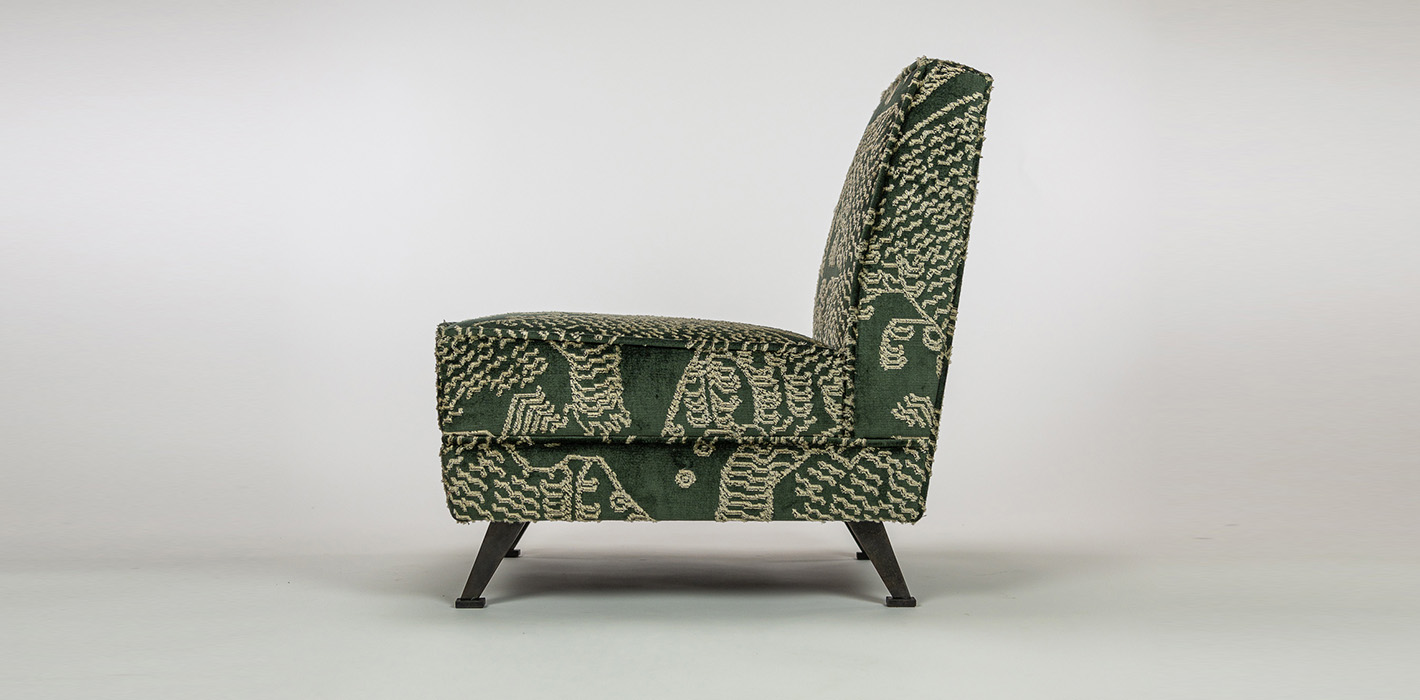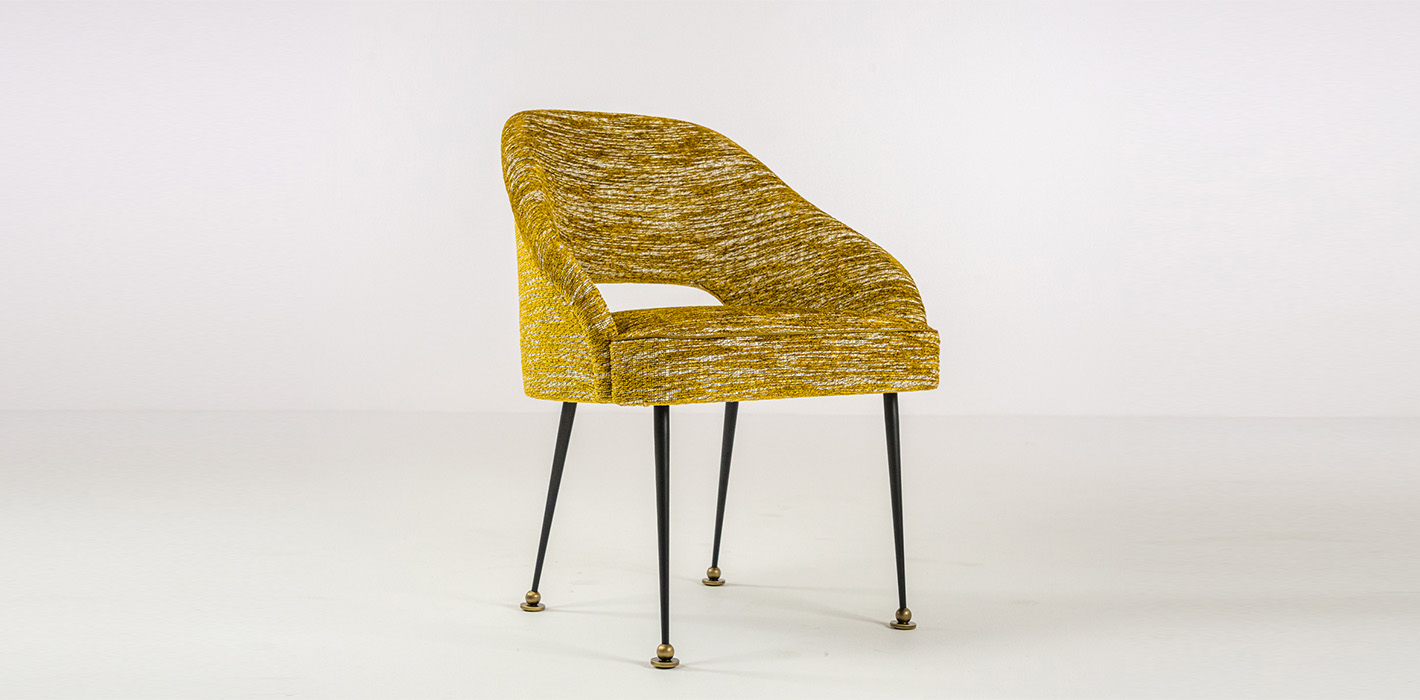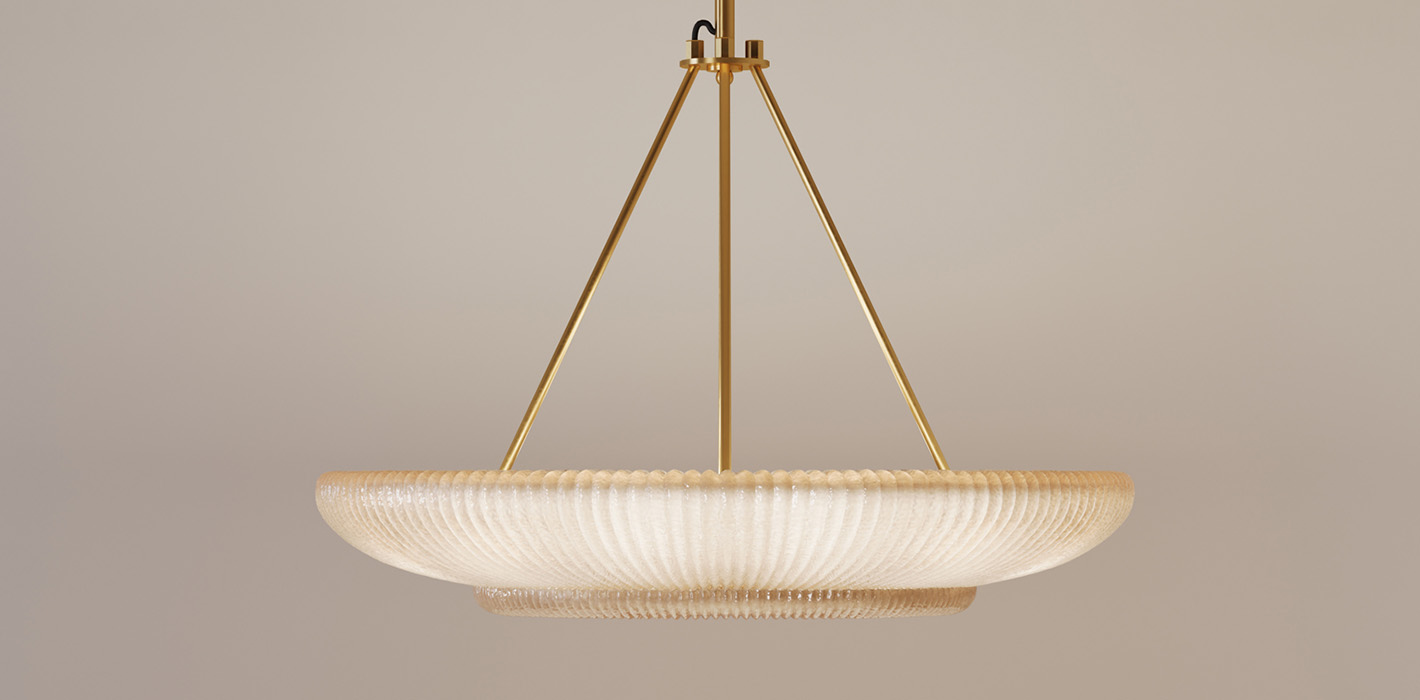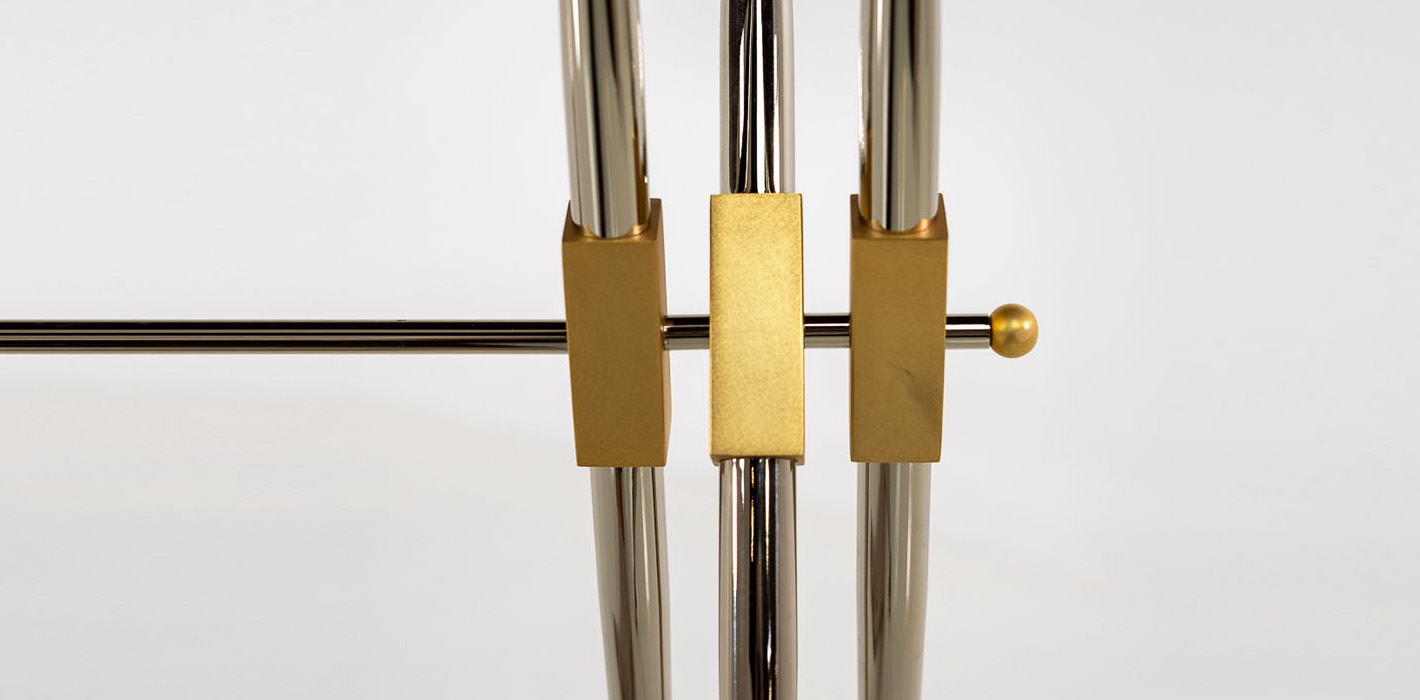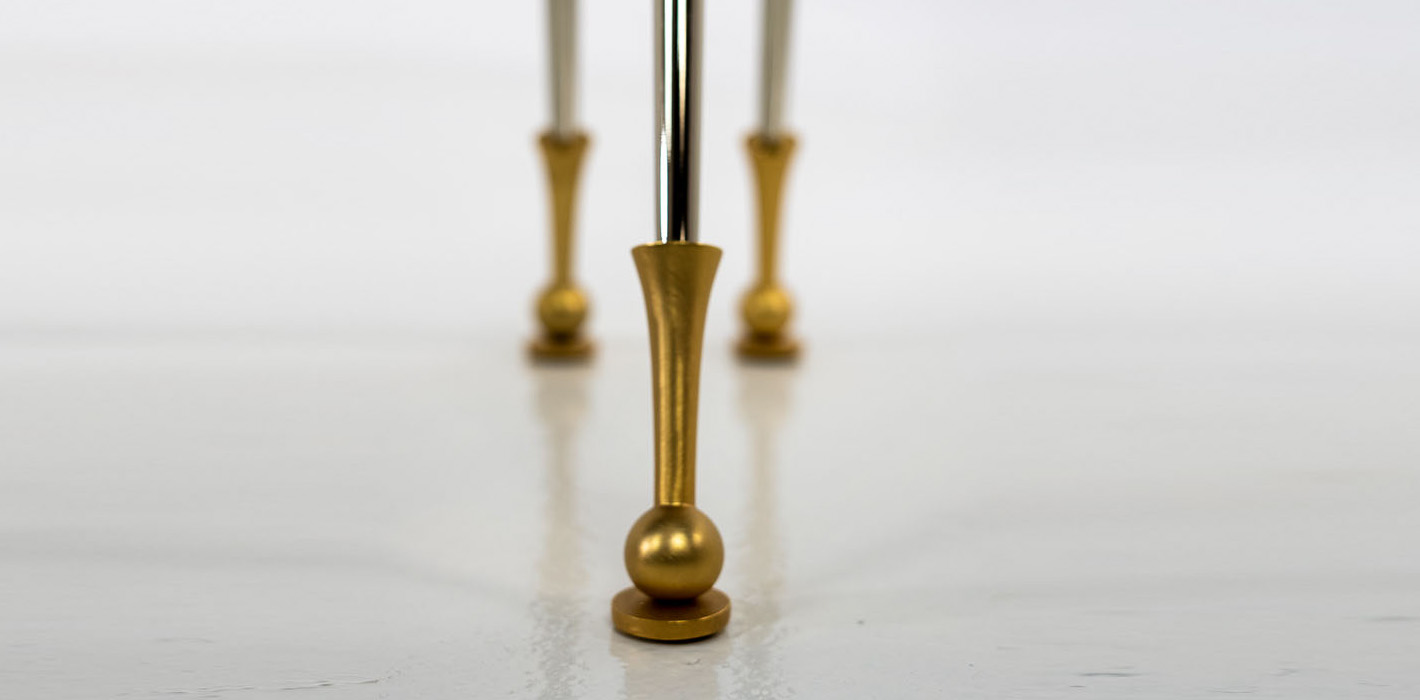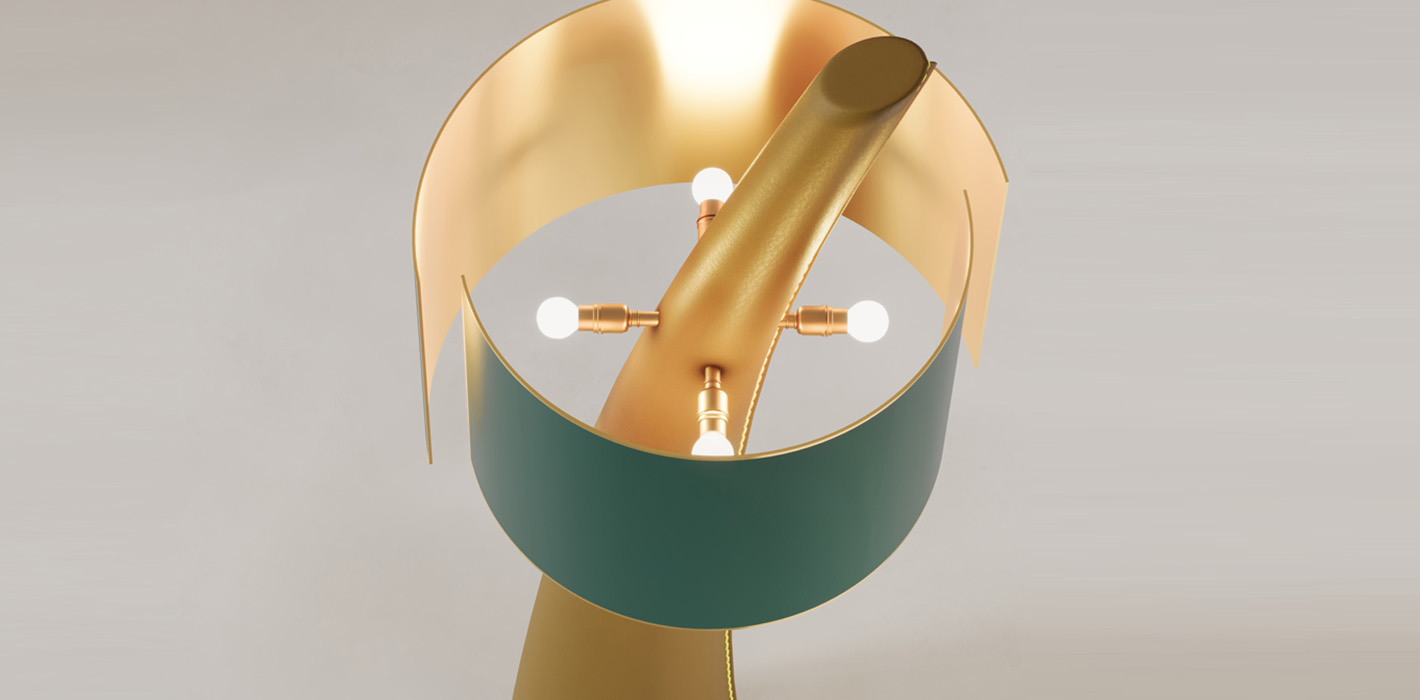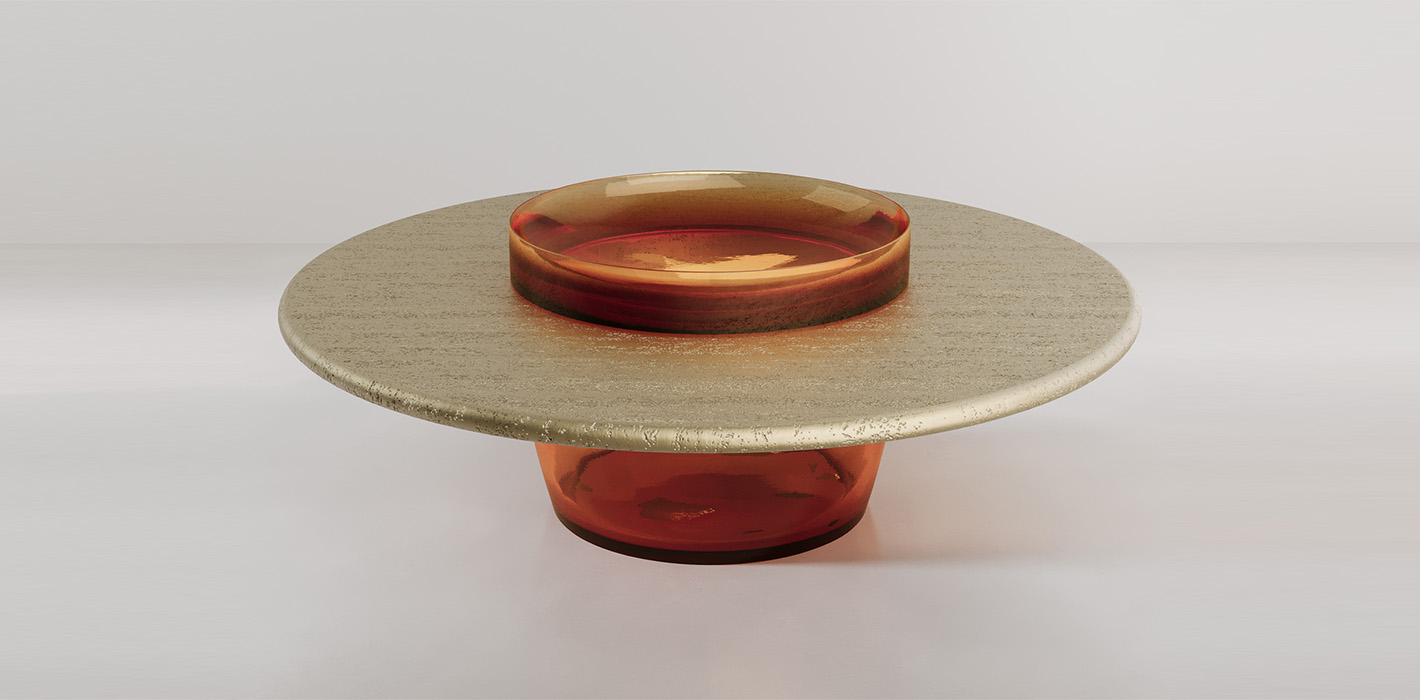Alexia Leleu
Artistic Director of Maison LELEU
Meet Alexia Leleu, Artistic Director, Designer, and Entrepreneur Determined to Revive the Family Legacy of Maison LELEU, Founded by Her Great-Grandfather and Relaunched in 2018 Following the Discovery of the House’s Archives.
What motivated you to relaunch Maison LELEU?
My motivation to relaunch Maison Leleu is rooted in our family history, enriched by stories of the house’s prestigious achievements, such as the decoration of ocean liners and the Élysée Palace. At the age of 30, I began researching my family and its history, leading to the discovery of the house’s archives. By a stroke of luck, Madame Siriex, an exceptional woman and former secretary to my great-grandfather, had decided, when the house closed in 1973, to retrieve and carefully preserve all the archives that my family had discarded. The discovery of these archives marked the beginning of my journey to revive Maison Leleu: to bring back the house’s designs, modernity, and elegance that still resonate today… It was impossible for me to let this heritage fade into oblivion.
How did you approach the project once you made your decision?
I discovered the LELEU archives in March 2017, and everything moved very quickly from that point on. I was immediately captivated by the carpet patterns, but it was only after studying the history of furniture and its great designers that I truly grasped the artistic power of LELEU’s creations. I decided to leave my job in the pharmaceutical industry in July 2017 and enroll at École Boulle, while preparing for the launch of the carpet collection, which was planned for January 2018.
At the same time, we engaged experts for a meticulous evaluation of the historical carpets to identify the craftsmanship techniques used by my family. We examined the specific knotting techniques that make LELEU carpets unique, determining the diameter of the wool threads, the number of threads per knot, and sought out artisans with ancestral skills to reproduce these techniques. In 2020, we expanded our offerings to include furniture and lighting, with Franck Cacioppo, a skilled cabinetmaker, joining me to manage the technical aspects. In September 2020, we also launched our fabrics and wallpapers in collaboration with Lelievre.
It took two years of research to find and gather the archives of the Maison.
How did you feel when you first came across the documents?
When I arrived at Madame Siriex’s former apartment and discovered all those boxes of archives, it felt surreal. I wasn’t expecting to find such a treasure: drawings, order books, correspondence letters… I was moved to tears, as if I had stepped into a parallel world where I could meet my ancestors and experience the beauty and intensity of their work. It remains the most incredible discovery of my life!
What relationships has Maison LELEU established or revived
with manufacturers and production workshops?
My family worked with a few in-house artisans but primarily sought out the best manufacturers depending on the specific craftsmanship required. For instance, they collaborated with Raymond Subes for wrought ironwork, Sain et Tambuté for lacquer, the Aubusson workshops for tapestries, and the esteemed cabinetmakers from the Saint-Antoine district. From the very beginning of my journey to revive Maison LELEU, I was determined to reconnect with the historic manufacturers of the past. For our lighting collection, I reached out to Perzel, a renowned name in French lighting design, and for our crystal chandeliers, we partnered with Baccarat, a legendary French crystal maker.
In the realm of lacquer, I was thrilled to discover that the lacquer color samples signed by my great-grandfather had been preserved by AML Déco, the modern successor to Sain et Tambuté. This connection allowed us to maintain the authentic craftsmanship and quality of LELEU’s original designs. These efforts have not only helped us revive the traditional manufacturing techniques of Maison LELEU but also allowed us to blend historical expertise with contemporary creativity. By engaging with these esteemed artisans and manufacturers, we honor the rich heritage of the House while creating new pieces that reflect both the tradition and innovation that defined Maison LELEU.
What is your clientele like?
Our clientele includes both private individuals and professionals, with a strong international presence in the USA, Europe, and Asia. Today, we work with many high-profile personalities as well as a CEO of a major CAC 40 company, who are art enthusiasts and collectors. In the professional realm, we collaborate extensively with prestigious luxury brands such as Cartier, Lanvin, Chopard, Piaget, as well as some of the most renowned names in the hospitality industry including Claridges, Cheval Blanc, Bristol, Sacher, Belmond. Our main clients are interior designers and decorators who prescribe our creations for both public and private projects. We have worked with notable designers and firms such as Laura Gonzalez, Humbert et Poyet, Robert Couturier, Steven Gambrel, MBDS, Harrods, Studio Shamshiri, Commune Design…
How do you support your clients with their projects and choices?
The House is rich with an exceptional heritage of thousands of archives. The three children of Jules Leuleu, who joined the House in the 1930s, were as prolific as my great-grandfather. Fifty years of creations by four passionate designers… It is an endless source of inspiration for our clients! I have explored, studied, handled, and digitized all of these drawings before entrusting them to museums. I therefore have a comprehensive understanding of the LELEU repertoire. I can guide our clients based on their desires and the style they are seeking, often through moodboards and more confidential archive selections that are not visible on our website. We reinterpret old designs to adapt them to modern lifestyles and also create entirely new works. For instance, there was a client who initially came for a desk but was captivated by the base of our Christian console. We reimagined the console to maintain the design elements while meeting their needs.
What are your development goals and aspirations for Maison LELEU?
Being at the helm of Maison LELEU is a “waking dream.” I am incredibly proud that one of my first designs, the Mava armchair, was included in the collections of the Mobilier National. Joining this prestigious selection with my own creations more than 50 years after the death of my great-grandfather, who founded the House, carries profound symbolic meaning for me. LELEU was known for its decorative ensembles in state buildings such as embassies, the Palais des Nations in Geneva, and the presidential train… Through its history and my family’s legacy, the House was an iconic designer and publisher in high decoration, offering a true interior design service. My dream is to continue developing the brand to embrace the decorative arts and provide a comprehensive, iconic interior design service. Furthermore, I am committed to contributing to the preservation of traditional French craftsmanship that is at risk of disappearing. I believe we have an important role to play in this endeavor, and I strive to be deeply engaged in this mission.
How did your meeting with Collection Latil go, and why did
you decide to join the Collection?
I met Anne-Sophie several years ago, and I was immediately struck by her approach to materials and her sensitivity to beautiful things. When she proposed that we join Collection Latil, it felt like a natural and fitting opportunity for us. Her mission to “preserve and promote” French craftsmanship and its global influence perfectly aligns with the vision of Jules Leleu, which I share today. Joining Collection Latil was a natural choice for me as it allows me to showcase the connections between art, craftsmanship, and design—three disciplines that inspire and enrich each other.
Discover more about Maison Leleu in the Collection space.
Photos : ©Maison Leleu

